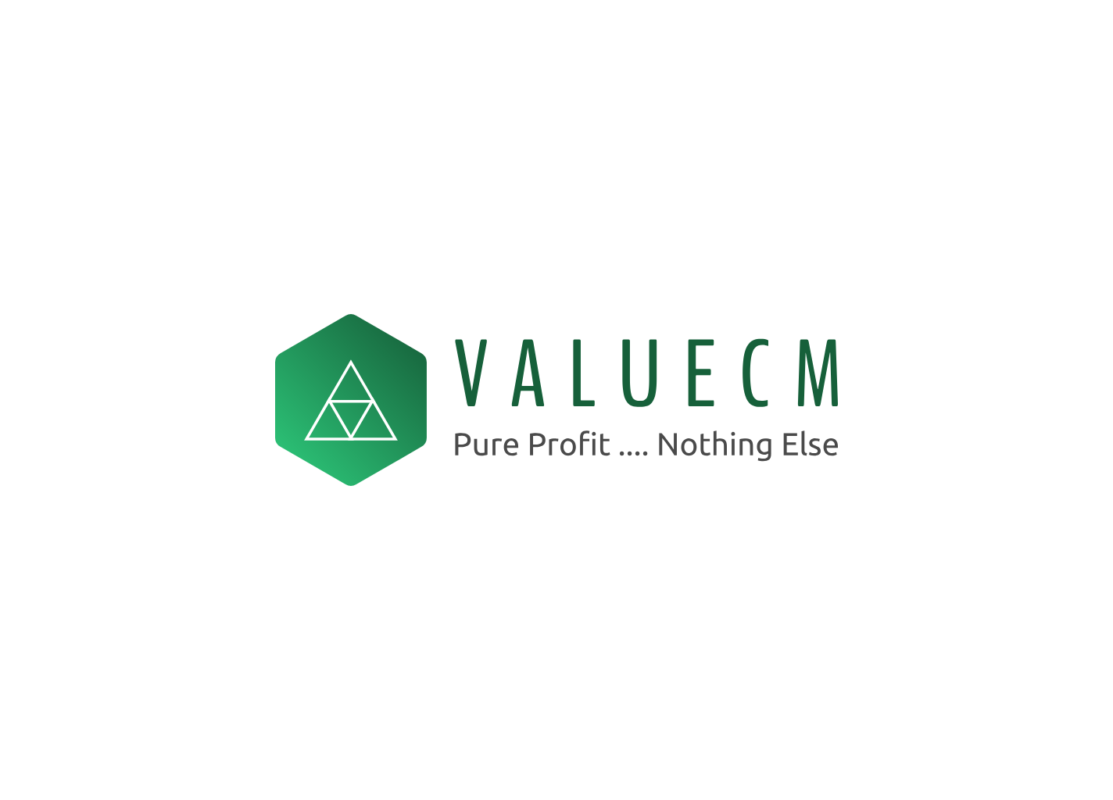HISTORICAL trend shows that crude and gold prices have a positive correlation. But in recent times, though crude prices have plunged to around $70 levels — which is almost half the price of its recent record high — gold prices are on an upswing and are making new peaks which shows that gold prices have moved against the historical trend and are showing negative correlation with crude. This is mainly because of the recent turbulence in global financial markets which has spurred the international gold price, given its safe haven status. The depreciating rupee against dollar, along with seasonal festive demand, have also contributed to the recent highs seen by gold prices in domestic market.
But does it make sense to invest in gold when the metal or the ultimate monetary asset is in on an upswing? My answer will be why not? When you can grab more returns with same level of risk in the portfolio, why not invest in the gold. An example will help you understand this better.

TACTICAL APPROACH
When one is bearish on equity markets, but bullish on gold, one can increase allocation to gold and viceversa. This view, based on the market performance, is called tactical asset allocation. It is, however, difficult for an ordinary investor or even professional investors to put this in practice as predicting markets is not an exact science.
STRATEGIC APPROACH
The other approach is the strategic approach which is more scientific with less dependence on subjectivity and forecasting markets. This approach is about adding gold to the portfolio for diversification benefits. Theory says that diversification leads to lower risk at the same expected return level or higher expected returns at the same risk. But does it really work?
WHY GOLD?
Chart A and B plot the returns expected at each level of risk taken. Consider chart A. We have two financial products we can buy — debt (bonds, PF, PPF, FDs are all examples of a debt product) and equity (direct stocks, equity funds and Ulips are examples of equity). At point 2, we are fully in zero risk bonds at an expected return of 6%. This means there is no risk of capital loss to my money, but my return is just 6% per annum. At point 1, all our money is in equity, so the risk (measured by standard deviation) is at 12%, but expected return is as high as 20%. At point 3, we are half in equity and half in debt that reduces risk to 6% and expected return to 13.47%. All points along the line 1-3-2 are points on the efficient frontier — which shows the maximum risk possible for a given level of risk. Any point below that is inefficient, because we can increase return by increasing equity for the same level of risk.
Now comes the interesting part. We can increase return for the same level of risk by introducing a third asset in this example (See chart B). This asset needs to have a negative or low correlation with debt and equity. This means that it moves in a more or less independent or opposite direction to these. We now have an asset allocation of 50% equity and 50% gold (remember this is for purely illustrative needs, actual asset allocation to gold needs to be no more than 10% in an average portfolio). At the same 6% risk level, the expected return is now 15.86%.
HOW TO BUY GOLD?
The best way to invest in gold is through gold ETFs because it has tax efficiency, is available in small denominations at international price without premiums and has cost efficiency. It is also convenient for long term holding and most importantly, has liquidity.
